In the rapidly evolving world of smart home technology, robot vacuums have become a household staple. These autonomous cleaning machines do more than just sweep floors—they intelligently map your home to clean with efficiency, precision, and consistency. But how exactly do robot vacuums map your home? Let’s delve into the core technologies and methods that power these smart devices.
Understanding Smart Navigation in Robot Vacuums
The foundation of robotic mapping lies in a technology called SLAM (Simultaneous Localization and Mapping). SLAM allows a robot vacuum to construct a digital map of your home while simultaneously tracking its own location within that space.
There are two main types of navigation used by robot vacuums:
- Random or Bounce Navigation
- Smart Mapping or Intelligent Navigation
While early models used random patterns, modern devices now rely on advanced algorithms and sensors to build detailed maps, plan efficient routes, and avoid obstacles.
Key Technologies Robot Vacuums Use to Map Homes
1. LIDAR (Light Detection and Ranging)
LIDAR is one of the most sophisticated mapping technologies used in high-end robot vacuums like those from Roborock, Neato, and Ecovacs.
- It uses laser sensors to emit rapid pulses of light.
- These pulses reflect off objects and walls, helping the vacuum determine distance and layout.
- LIDAR creates a precise 360-degree map, even in low-light environments.
- It supports multi-floor mapping, no-go zones, and room-specific cleaning.
Advantages:
- Superior mapping accuracy
- Efficient path planning
- Fast coverage with minimal repetition
2. Visual Navigation (vSLAM)
Some robot vacuums, such as iRobot Roomba i7+ and s9+, use cameras instead of lasers. This is known as Visual SLAM (vSLAM).
- These cameras capture real-time images of surroundings.
- Algorithms analyze visual data to recognize furniture, walls, and landmarks.
- It builds a map based on visual cues and patterns.
Advantages:
- Can recognize specific objects and furniture
- Better adaptation to changing layouts
- Useful for room identification
Drawbacks:
- Reduced performance in dark rooms
- Privacy concerns due to onboard cameras
3. Infrared and Ultrasonic Sensors
These are typically used in budget-friendly models that don’t support full mapping but offer basic obstacle detection and navigation assistance.
- Infrared sensors detect proximity to obstacles.
- Ultrasonic sensors use sound waves to sense distance from walls and furniture.
While these sensors do not create maps, they help the vacuum navigate safely around your home.
How the Mapping Process Works Step-by-Step
Step 1: Initial Exploration
Upon first use, the robot vacuum enters an exploratory mode. It traverses the home to gather spatial data. Using LIDAR or vSLAM, it identifies:
- Room dimensions
- Wall placements
- Furniture layout
The data collected is used to begin constructing the map.
Step 2: Real-Time Localization
As the vacuum moves, it continuously updates its position in the map using SLAM. It aligns real-time sensor data with stored data to avoid:
- Re-cleaning the same area
- Getting lost or disoriented
- Missing specific zones
Step 3: Map Refinement
Subsequent cleaning runs improve the accuracy of the map. The robot learns new obstacles, adjusts to furniture movement, and updates the route planning accordingly.
Step 4: User Interaction and Customization
Through a mobile app, users can view the map and:
- Name rooms
- Set no-go zones
- Schedule room-specific cleaning
- Select multi-floor mapping if supported
This interaction enhances control and personalizes the cleaning experience.
Types of Mapping Used by Leading Brands
iRobot Roomba (vSLAM)
- Uses camera-based vSLAM
- Builds high-definition maps
- Supports zone cleaning and voice assistant integration
Roborock (LIDAR + SLAM)
- Combines LIDAR with SLAM
- Accurate room division and custom cleaning
- Supports real-time map saving
Eufy RoboVac (Gyroscope and Sensors)
- Budget models use gyroscopes
- Mid-tier models support basic mapping
- Suitable for smaller homes or simple layouts
Ecovacs Deebot (LIDAR + AI)
- AI-driven mapping with object recognition
- Can detect shoes, socks, and cords
- Provides live mapping updates via app
Advanced Features Enabled by Home Mapping
Robot vacuums that map homes bring a wide array of benefits that go far beyond basic cleaning.
Efficient Cleaning Routes
Mapped data ensures that vacuums clean in straight, logical paths instead of chaotic patterns, saving time and extending battery life.
Selective Room Cleaning
Users can choose specific rooms or zones to clean. Ideal for high-traffic areas like kitchens or entryways.
No-Go Zones and Virtual Walls
Instead of physical barriers, users can draw digital boundaries to prevent the vacuum from entering sensitive areas.
Multi-Floor Mapping
Some robot vacuums can store maps for different floors, automatically recognizing which level they’re on.
Real-Time Tracking
You can monitor the vacuum in real-time, check which areas are cleaned, and receive notifications for errors or obstacles.
How Map Data Is Stored and Used
Most robot vacuums store maps locally or in the cloud, depending on brand and settings. This data is used for:
- Improving navigation performance
- Identifying user patterns for future automation
- Enabling smart home integration (e.g., with Alexa or Google Assistant)
Data Security: High-end brands offer encryption and user control over map data, though privacy-conscious users may prefer devices with local storage only.
Choosing the Right Robot Vacuum with Smart Mapping
When selecting a robot vacuum, consider:
- Home size and layout
- Desired features (multi-floor mapping, no-go zones, etc.)
- Mapping technology (LIDAR vs. vSLAM)
- App functionality and ease of use
- Privacy and data storage options
Best for Large, Complex Homes: Roborock S8 MaxV Ultra (LIDAR + AI)
Best for Pet Owners: Roomba s9+ (Advanced vSLAM + Deep Suction)
Best Budget Mapping Option: Eufy RoboVac G30 (Gyroscope Mapping)
Conclusion
Robot vacuums today are not just cleaning machines—they are smart navigators, empowered by cutting-edge technologies like LIDAR, vSLAM, and AI. These systems allow vacuums to map your home with stunning precision, enabling features that save time, enhance convenience, and optimize cleaning performance.


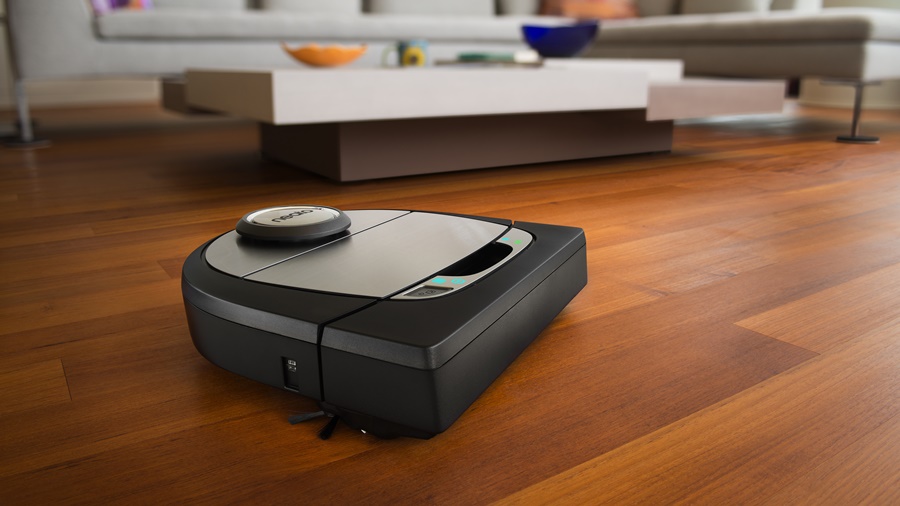
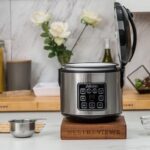
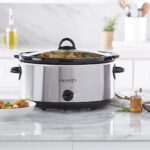
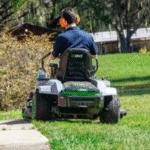
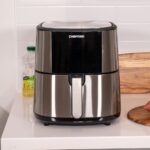
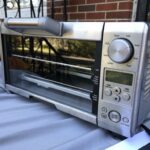
Leave a Reply